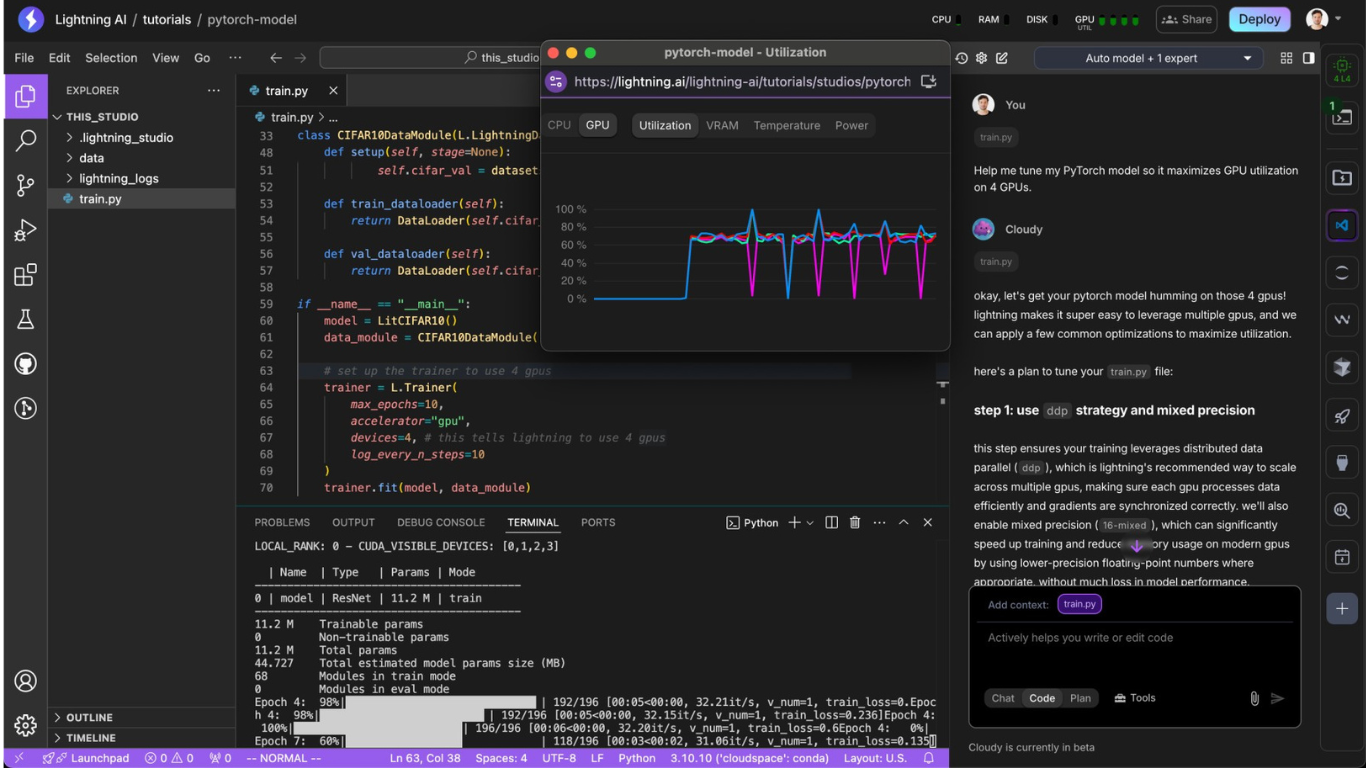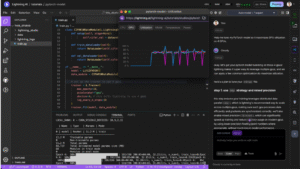Effective financial planning is critical for businesses seeking long-term stability and growth. Managing investments, monitoring fund performance, and allocating resources strategically can be complex and time-consuming. Mutual fund software has emerged as a vital tool that simplifies these processes by offering automation, real-time insights, and analytical capabilities.
By consolidating data, improving accuracy, and supporting informed decision-making, this technology enables businesses to manage their investments more efficiently. With these tools, companies can align financial strategies with broader goals, reduce risk, and maintain transparency in an increasingly competitive financial environment.
Streamlining Investment Management Processes
Managing multiple investment funds can be a complex task, often requiring significant time and attention from finance teams. Mutual fund software simplifies this process, and according to Limina, functionality to expect in mutual fund software includes real-time reporting, automated tracking of transactions, and alerts for key updates, making portfolio oversight more efficient and accurate. These features help reduce errors and ensure that all investment activities are properly recorded.
By providing a clear overview of asset allocation, returns, and fund performance, businesses can make faster, more informed decisions, freeing up resources for strategic planning and long-term growth initiatives.
Enhancing Data-Driven Decision-Making
Modern financial planning relies heavily on accurate data and timely insights. Mutual fund software integrates advanced analytics and performance tracking tools that help businesses make data-driven decisions. With the ability to assess risk, analyze trends, and forecast outcomes, companies can better align their investment strategies with market conditions.
The software often includes simulation tools that allow users to model different financial scenarios, giving them a clearer picture of potential risks and rewards before making major decisions. Access to historical performance data and predictive analytics empowers finance professionals to act confidently, adjusting allocations based on measurable evidence rather than intuition or outdated reports.
Improving Transparency and Compliance
Transparency is a critical aspect of financial management for businesses handling investor funds or adhering to strict regulatory standards. Mutual fund software provides detailed audit trails and compliance management features that keep all financial activities well-documented. This helps businesses maintain full visibility into fund movements and meet the requirements of financial regulators without hassle.
Many software platforms include built-in compliance checks and automatic alerts for reporting deadlines or unusual transactions. This reduces the likelihood of compliance-related issues and reinforces trust among stakeholders.
Facilitating Better Portfolio Diversification
Diversification remains one of the key principles in investment management, and mutual fund software assists in maintaining this balance effectively. Businesses can use the platform to assess exposure across different asset classes, sectors, and geographies. By offering clear visualizations and performance metrics, the software helps identify overconcentration in particular areas and suggests adjustments to rebalance the portfolio.
This proactive approach reduces risks associated with market volatility and ensures that investments are distributed in a way that supports long-term goals. For companies managing multiple portfolios, the ability to analyze diversification across all accounts simultaneously creates a more stable and resilient financial plan.

Integrating Financial Planning with Broader Business Goals
Mutual fund software integrates financial planning with broader organizational objectives. By aligning fund performance data with operational budgets and strategic growth targets, businesses can make more cohesive financial decisions. This integration allows management teams to assess how investment outcomes influence business performance.
For example, returns from certain funds may be allocated toward expansion projects, technology upgrades, or debt reduction. The software’s analytical tools help visualize how different financial scenarios affect future profitability and sustainability. Mutual fund management becomes an active component of business strategy rather than a separate administrative task.
Supporting Collaboration and Scalability
Financial planning is rarely the responsibility of a single individual, and mutual fund software supports collaboration across departments and teams. Multi-user access and permission-based systems allow financial planners, accountants, and executives to work together seamlessly while maintaining data security. Real-time updates ensure that all stakeholders view the most current financial information, minimizing communication gaps.
For growing businesses, scalability is another critical factor. Mutual fund software can accommodate expanding portfolios, additional users, and more complex investment structures without disrupting existing operations.
Mutual fund software plays a pivotal role in strengthening business financial planning by merging technology with strategy. It simplifies investment management, enhances transparency, and delivers actionable insights that guide more informed decisions. Through features that promote collaboration, compliance, and portfolio optimization, these platforms help businesses maintain control over their investments while aligning financial performance with corporate objectives.
As companies continue to navigate dynamic markets, adopting mutual fund software offers a practical and forward-looking way to manage growth and stability in the digital financial environment.
Article received via email




























